With an inviting gesture and a broad smile Lobsang pointed to his horse and urged me to climb in the saddle. “Don’t worry,” he laughed. The young Tibetan tried to reassure me in Chinese, a language neither of us spoke properly. Yet here, high in the grasslands, in a remote corner of China’s Sichuan Province, my very basic grasp proved invaluable in establishing rudimentary connections.
Coming from a 16 year old athletically built kid who was most likely on a horse galloping across the grasslands before he could walk properly, Lobsang’s assurance didn’t entirely convince me. Granted, I had been on a horse before, but just once, some thirty years ago.
Back then, I was on my way to Rongbuk monastery, close to Mount Everest base camp, on a 10 day trek fueled by an appetite for adventure and copious amounts of tsang, the region’s local hooch which is made from fermented barley. Three decades later Tibet hadn’t lost its intoxicating pull.
Tibet, the forbidden kingdom. It was a name whispered with reverence when I started traveling in the mid-eighties. “Did you make it to Tibet?” was the question everyone asked in those early days of China travel. Movement in and out of the territory has been restricted for as long as I can remember, the political realities on the ground often the reason for limited access.
Fortunately traditional Tibetan culture is not confined to the areas that constitute the TAR, the Tibetan Autonomous Region of the Peoples Republic of China today.
The eastern edge of the Tibetan plateau rises up from the low-lying areas of Sichuan province. This area, known as Kham, can be reached from the Chinese city of Chengdu in a day’s travel, without the need for a special permit. Vast grasslands provide grazing grounds for yaks, the iconic shaggy haired cattle that are well adapted to living at high altitude. The nomads who call this area their home are collectively known as Khampas. Lobsang was a Khampa.
I was barely in the saddle when a grinning Lobsang pulled me off the horse again. Legs still straddling the animal’s back, I supported myself with one hand on the ground just long enough for my traveling companions to take a picture of me posing in a rather clumsy emulation of the equestrian skills the Khampas were famously known for. Exceptional skills, as I was to find out over the course of the following two days.
I had made the trip to Kham to photograph the yearly gatherings of nomads in the grasslands. During the short and intense summer, the dwellers of the high plateau enjoy getting together with their often long-distance neighbors; eating, drinking, gossiping, flirting and showing off. The days are sunny, the nights are cool, the grass is green and lush, yaks are grazing the highest pastures, leaving the lower areas carpeted with an abundance of wild flowers. What better time to pitch tents near a flat open field, surrounded by snow-capped peaks and celebrate glorious life?
THE TIBETAN HORSE FESTIVALS – PHOTOGRAPHY CHALLENGES AND HOW TO OVERCOME THEM
PHYSICAL
The first challenge is one that potentially effects every visitor to this part of Sichuan province: the altitude. Photographing at 4000 meters above sea level can literally take your breath away. The best remedy is to move around slower than your usual pace. Your body will adapt over time. Of course seeing a photo opportunity up ahead – and there are plenty, always up ahead – caution gets thrown to the wind.
I have run across the grasslands, tightly holding on to two bodies only to arrive with barely the energy left to lift up the camera and release the shutter. The effort is usually worth it though. Just be aware of your physical limits.
MENTAL
When photographing an event like the Tibetan Horse Festival it is easy to become a victim of sensory overload. A riot of colors, fast action, gorgeous people, sights, sounds, scents all compete for your attention and will probably overwhelm you, even to the point of not knowing where to point your camera.
Allow time to familiarize yourself with everything that is going on. Walk around the entire area, there’s a good chance you’ll meet someone with a basic command of English or otherwise able to explain what’s happening where. Work out potential images in your head. Think of the story you want to tell and the photographs you need to tell it well, to an audience that isn’t present and has never been to a horse festival.
If you’re in a hurry, if you have to catch the next bus out, you’re not doing it right.
PRACTICAL
There are wide-angle shots and there are telephoto shots. The former ones present themselves when you have that 80-200mm mounted, the latter ones when you’ve switched to the 16-35mm. It seems you’re always changing lenses. That’s just a fact of a photographer’s life.
I carry two bodies because I don’t like to miss shots. If you’ve only got one camera, it pays to prioritize. I find well-composed and well-lit wide-angle shots harder to get so with one body only I would start off with the wide angle. This also has the added benefit that it forces you to get closer to your subject. You’re an observer, not a spectator, there’s a big difference.
Close-ups and portraits are an essential element of the story you’re trying to tell. I’m not too worried about these types of shots. I know I can go after them purposefully and get what I need, usually after the local people have seen me around for a while. The I-don’t-care-who-you-are-as-long-as-I-get-my-image-approach doesn’t work for me.
Without a doubt the highlight of the festival is the display of equestrian skill the Khampas put on. Picking up colorful scarves from the ground while the horses they’re on are galloping at full speed is not for the faint hearted.
Your camera’s focus tracking will be put to the test, either while you pan along or with the horses coming straight towards you. It pays to take plenty of photographs and play around with the shutter speed for just the right amount of motion blur.
CULTURAL
People are rightly proud of their culture and reserved in the face of outside attention.
You’re an outsider. You’re crashing the party. Don’t behave like you own the place. That big camera with the 80-200mm might be a safe place to hide behind but if you’re not willing to connect, then neither will your potential subject.
Don’t approach anyone locked and loaded, instead attempt small talk, be open, be interested, joke, smile, ask first if you wish to take someone’s portrait, ask again, smile more. It’s a game. Don’t take yourself too seriously. Don’t be slack. Enjoy.
LOGISTICAL CHALLENGES
Transportation is the biggest logistical challenge. If you’re on a budget you can take public transport out of the city of Chengdu to pretty much anywhere in Sichuan province. But if you’ve ever been on a bus, watching countless photo opportunities drift by the window while the driver floors the pedal, you know how frustrating this can be. It is better to get your own transport and make sure the driver understands that for you the journey is the destination and doesn’t complain when you want to make the umpteenth photo stop.
Language can be another barrier. English is not widely spoken. The services of a guide might be almost indispensable, but with the right attitude and patience you will also get almost anywhere.
The exact location of the horse festivals might be subject to change at the last moment, usually due to government restrictions. If that’s the case, the riders will probably move to the next valley. Always arrive a day or two before the festival is supposed to take place and keep asking around for the latest update.
Visiting the horse festivals in the grasslands of Sichuan Province is a fantastic opportunity to witness traditional Tibetan culture at its best. And it is a veritable feast for every photographer. So if you’re planning that next trip why not head out to Kham? Just brush up on your equestrian skills beforehand.
ABOUT HANS KEMP
Hans Kemp has been photographing life and festivals in Asia for over three decades. During that time he has made his (temporary) home in Tokyo, Beijing, Hong Kong, Saigon and currently Bangkok. He has published six coffee table books of photographs (Postcards from Vietnam, Hoi An – on the dragon’s back, Bikes of Burden, Ardent Eye, Carrying Cambodia and Burmese Light) and contributed to many more. He also has written a crime thriller partially set in Tibet.
In the summer of 2018, Hans will guide a select group of photography enthusiasts to the Tibetan grasslands of Sichuan province for his Hot Rod Horses and Dancing Monks Photo Tour. Besides photographing two different horse festivals, the tour will also coincide with one of the region’s centuries’ old Tibetan temple festivals, which culminates in a spectacular display of traditional masked dances by the resident monks. Open to a maximum of ten participants, this is a tour where you can photograph to your heart’s content under the guidance of a seasoned professional.
For more information and booking details visit www.hanskemp.com/photo-tours
Books by Hans

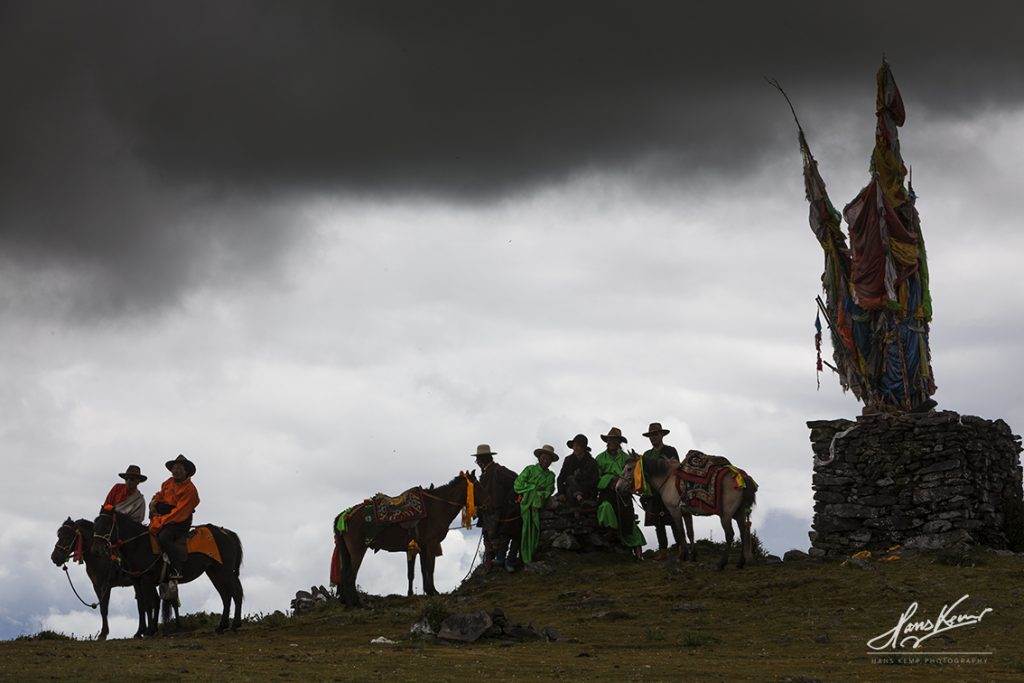
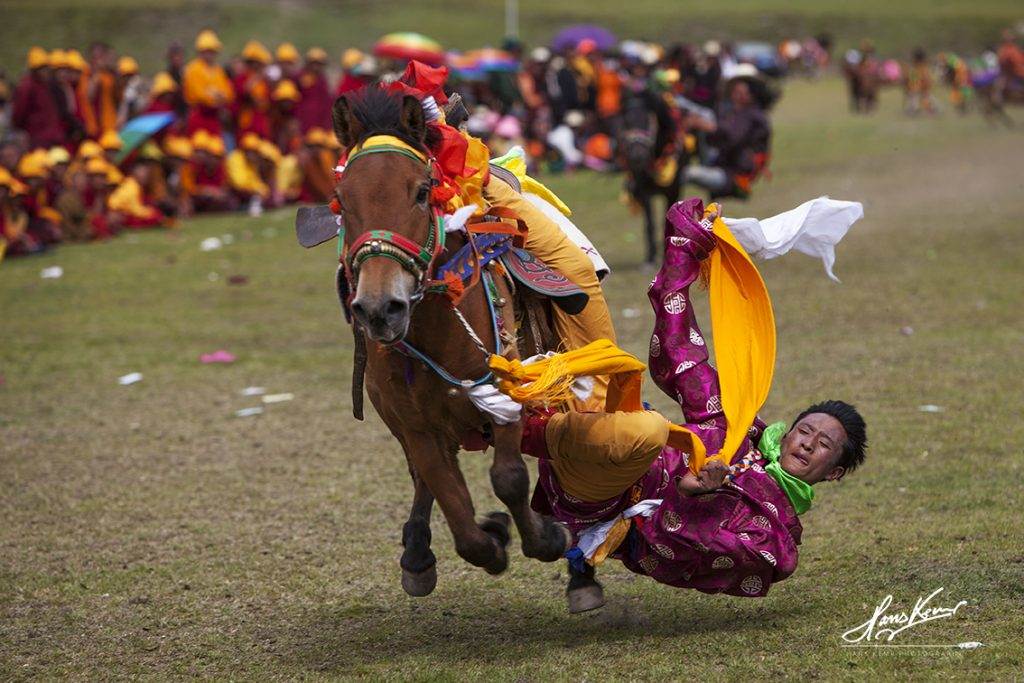
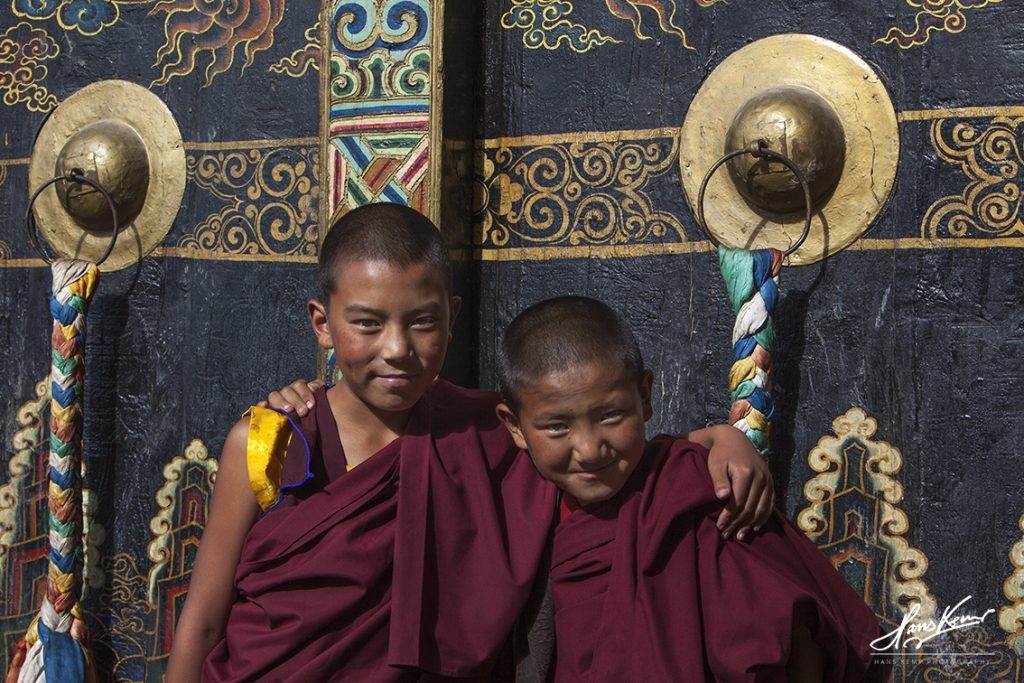
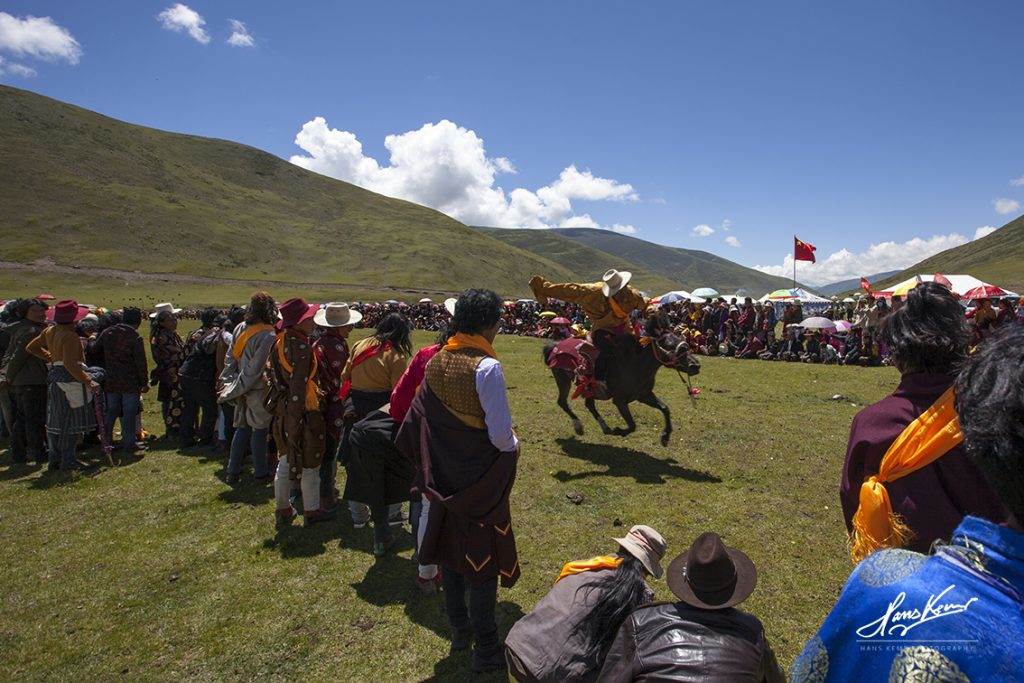
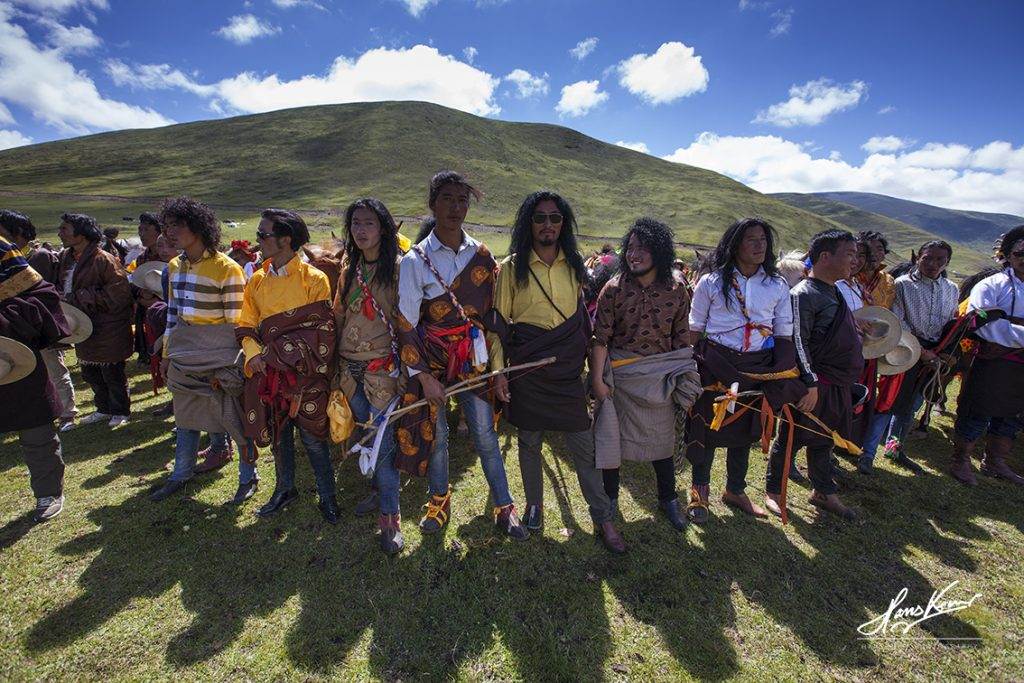
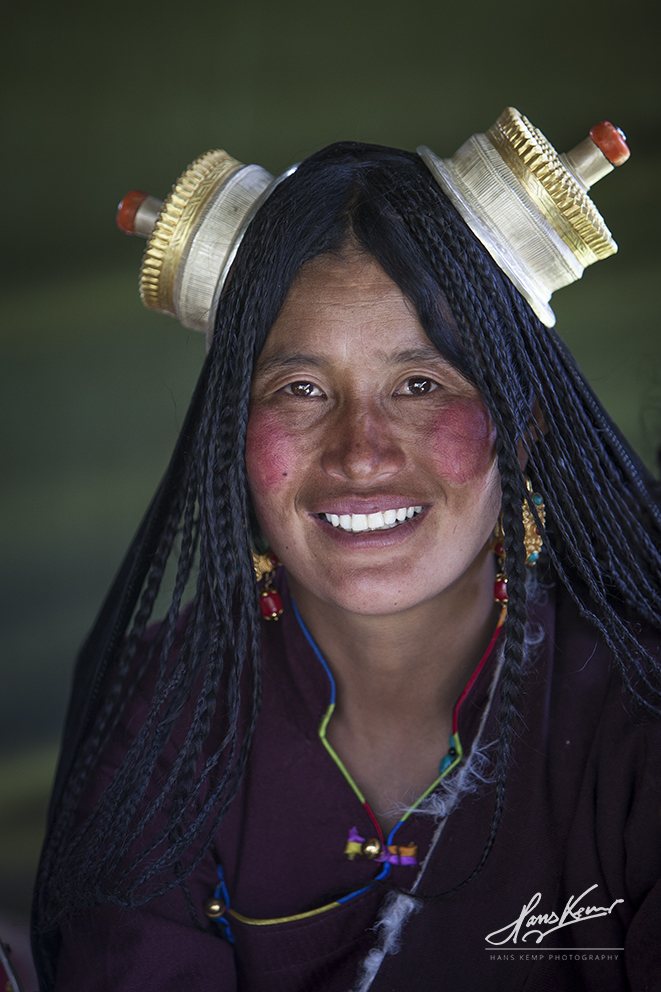
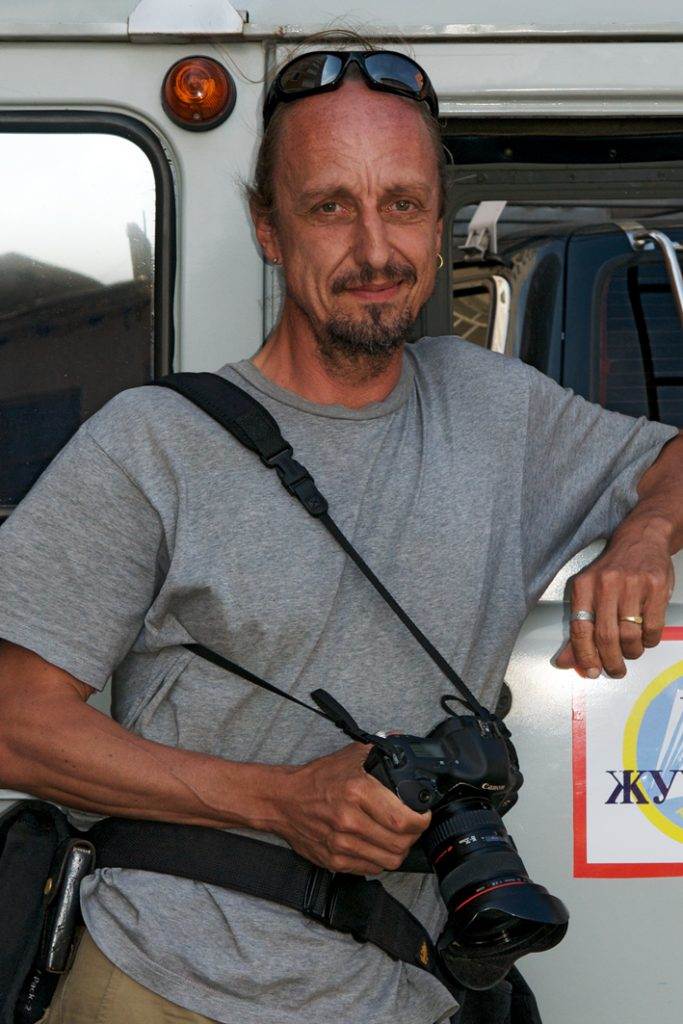
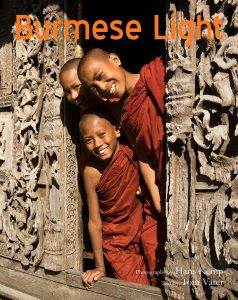
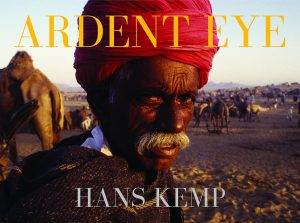
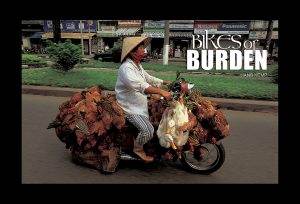
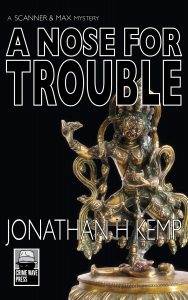
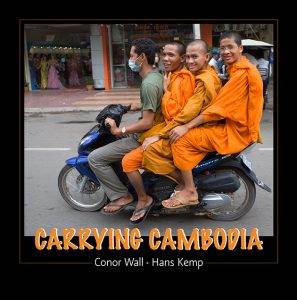
Leave a Reply